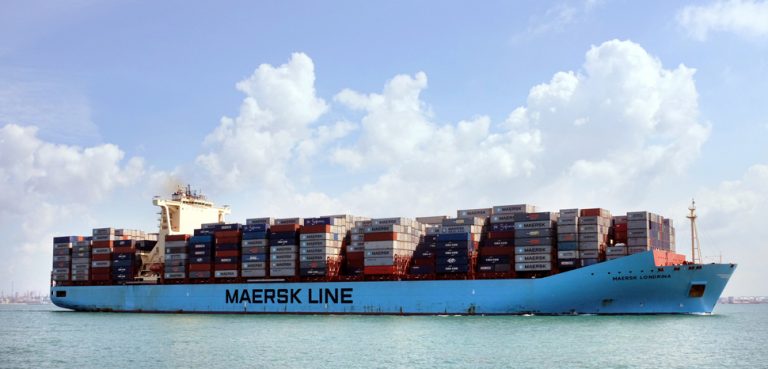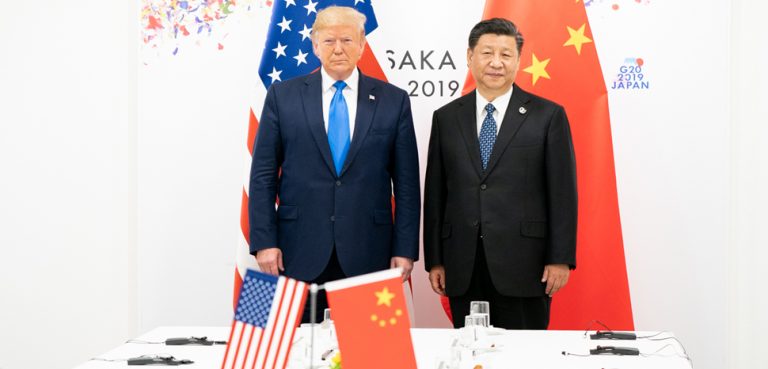
Summary
The Simandou iron mine in Guinea represents one of the last greenfield projects in the world, and its vast reserves of high-grade ore are expected to tip the scales of global supply. Some even call it the “Pilbara killer,” referring to the potential of Simandou to erode Australia’s dominant position in global iron markets. Now, after decades of false starts, corruption scandals, political upheavals, and lawsuits, the promise of Simandou is inching toward realization, spurred forward by a Chinese government that wants nothing more than to unseat Pilbara and lessen China’s reliance on critical inputs sourced from the West in the process.
This report examines the history and geopolitics of the Simandou iron mine, along with the risk factors that still stand in the way of the project’s ambitious vision being realized.
Background
China’s Iron Demand
Iron has played a leading role in China’s economic miracle. The commodity is a key input in steel production, making iron demand a factor of infrastructure spending in China. The bridges, railways, and highways now connecting every corner of the country required an uninterrupted flow of iron into Chinese steel mills. So too did the construction materials that drove a decades-long property boom, a boom that has long since exceeded rational market dictums and begun to produce rampant oversupply. Finally, whenever these sources of domestic demand fell short, iron was still needed for steel exports, as China is the largest exporter of steel by a wide margin, nearly doubling the world’s second-largest exporter of Japan in 2021 and showing few signs of slowing down since then.
The scale of China’s iron demand far outpaces its domestic production capacity. China imported 1.18 billion metric tons of the mineral in 2023, a record high, and one that is expected to be eclipsed soon as 2024 imports are tracking 7% higher through May. This dwarfs the 387 million metric tons that China’s mines produced in 2023. Such pronounced import dependance lends China a hefty weight in global iron markets, such that, over the past two decades, global iron prices have mirrored the ups and downs of China’s economic growth. Overall, Chinese imports increased by over 600% between 2004 and 2024, and as of 2024 China purchases approximately 75% of all seaborne iron supply.

There are two takeaways here. One, iron is highly strategic in that it’s necessary for the smooth functioning of the Chinese economy. It remains the lifeblood of a Chinese steel industry that is both overwhelmingly state-owned and a crucial job provider, so much so that rampant overproduction and dumping are treated as the acceptable cost of meeting domestic social stability and economic security objectives. And two, shortfalls in domestic supply mean that China must look to global markets to source the iron it needs.
The top-heavy nature of the global iron market represents a vulnerability in China’s supply chain. And much like how the United States is now engaged in the friend-shoring of strategic critical minerals, China can no longer ignore the charged geopolitics of an iron market dominated by Australia and Brazil. Australia alone accounted for a staggering 736 million metric tons of exports to China in 2022. Such stark reliance on a close US ally is conspicuous in the Xi Jinping era, when supply lines from defense to tech to food are being rerouted through friendly (non-Western) states. The contradiction was on full display throughout the post-2018 collapse in China-Australia relations, a period that saw open discussion of potential iron export controls by Australia in reprisal for Beijing’s trade war. For its part, China was never able to bring its full coercive weight to bear on Canberra, for fear of the economic blowback at home that a ban on Australian iron would surely bring.
Though it was eventually fought to a draw, the Australia spat ended up being instructive: Beijing redoubled its efforts to stimulate domestic iron production and diversify foreign suppliers. And though the original plan to develop Simandou pre-dates these tensions, the project should still be viewed as a part of this overall effort. As one of the last unplucked gems of high-grade iron ore in the world, Simandou holds out the prospect of alleviating China’s overreliance on Australian iron and in doing so eroding the economic leverage of the collective West in the event of, for example, a war in or around Taiwan.
The Promise of Simandou
As the world’s largest untapped deposit of high-grade iron ore, Simandou has the potential to alleviate China’s import dependency and expand the global field of heavyweight iron producers. According to the latest Rio Tinto estimates, Simandou will produce 2.8 billion metric tons over a 26-year lifespan, with an average grade of 65.3%. (64% and lower is considered low grade, and 62.5% is the accepted global standard in steel production).

Given that grade tends to slip over the course of a mine’s lifecycle, Simandou’s untapped bounty stands out in a landscape of late lifecycle mines and diminishing grades around the world. The increased value of high-grade ore doesn’t only stem from its smelting efficiency; high grade iron ore is also expected to play a critical role in transitioning steelmaking from its current fossil fuel-heavy blast furnaces to more environmentally friendly hydrogen- and natural gas-based smelting processes. These green steelmaking methods require direct reduction grade (DR grade) iron ore with a minimum purity of 67%, which Rio Tinto believes Simandou will produce in significant quantities. Any reduction in the carbon footprint of the steel industry is significant for the global energy transition, as the sector accounted for around 7% of global emissions in the energy system in 2020, exceeding the combined contribution of all road freight.



